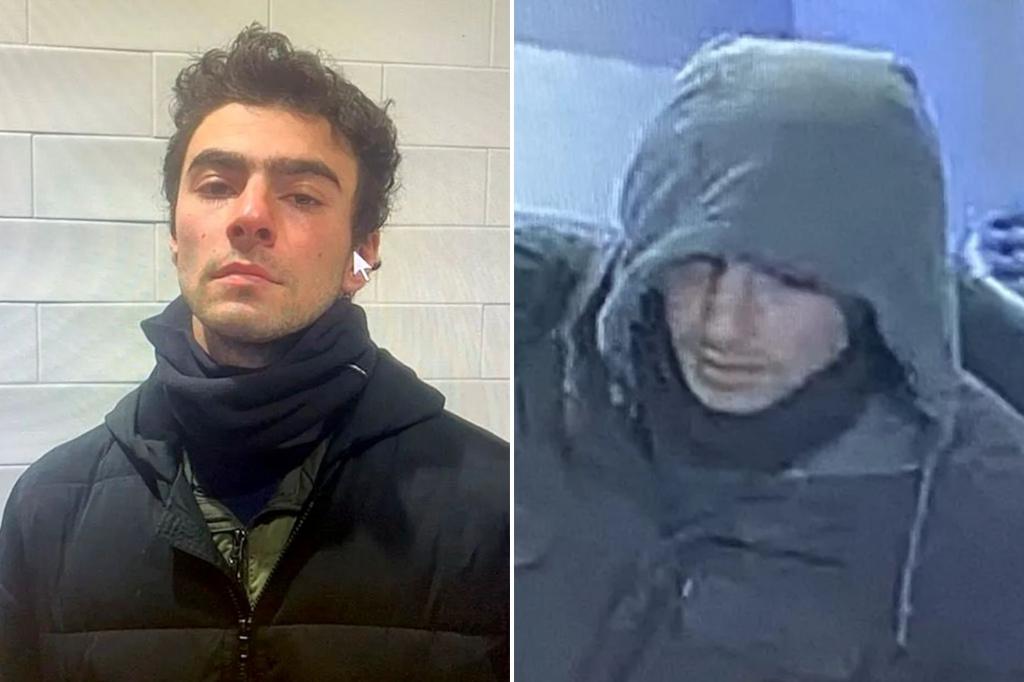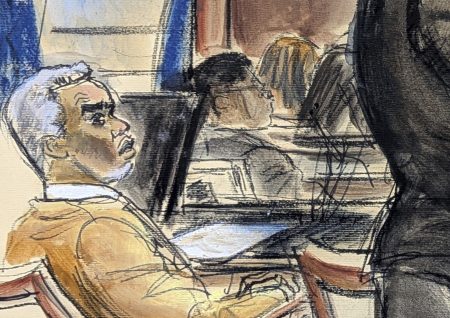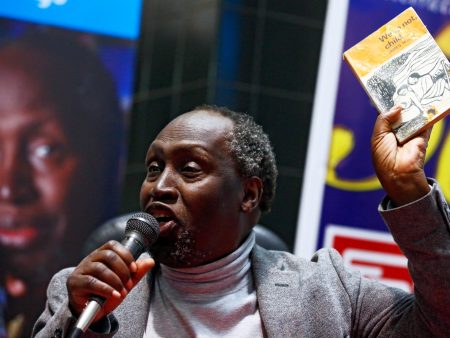The arrest of Luigi Mangione, the suspect in the murder of UnitedHealthcare CEO Brian Thompson, unfolded dramatically in an Altoona, Pennsylvania, McDonald’s. Mangione’s attempts to blend in with the morning crowd were thwarted by an observant customer who recognized him from surveillance footage circulated by media outlets. The customer’s alertness set in motion a chain of events that led to Mangione’s swift apprehension.
Mangione, a 26-year-old Ivy League graduate, was seated at a table, engrossed in his laptop, when local police officers approached him. He was wearing a face mask and a beanie, likely in an attempt to obscure his identity. Officers requested him to lower his mask, immediately confirming their suspicions upon seeing his face. The seemingly innocuous question about his recent travels to New York City triggered a noticeable physical reaction in Mangione. He began shaking visibly, a telltale sign of nervousness that further cemented the officers’ belief in his potential involvement in the high-profile murder case. This non-verbal response, more than any spoken words, heightened the officers’ suspicion.
The officers’ request for identification led to the discovery of a fake New Jersey ID, believed to be the same one Mangione used to check into a Manhattan hostel prior to the alleged attack on Thompson. When confronted about the false identification, Mangione admitted his deception and provided his real name. This confession, combined with his earlier nervous reaction, solidified the officers’ probable cause for arrest. He was promptly handcuffed and taken into custody.
A subsequent search of Mangione’s backpack revealed a chilling arsenal: a black 3D-printed pistol equipped with a silencer and a loaded Glock magazine containing six 9mm full metal jacket rounds. These discoveries added further weight to the mounting evidence against Mangione, painting a picture of premeditation and intent. The presence of the 3D-printed weaponry raises questions about the accessibility and potential misuse of such technology.
Mangione’s arrest culminated in a series of charges, including forgery, carrying firearms without a license, tampering with records or identification, possessing an instrument of crime, and providing false identification to law enforcement. These charges reflect the multifaceted nature of the case, encompassing not only the potential homicide but also the steps taken by Mangione to conceal his identity and actions.
The judge’s decision to hold Mangione without bail underscores the severity of the accusations against him and the perceived risk he poses to the community. While the investigation into Thompson’s murder continues, Mangione’s apprehension marks a significant development in the case. The circumstances surrounding his arrest, from the astute observation of a McDonald’s customer to the discovery of the concealed weapon, all contribute to the narrative of a suspect caught in the web of his own deceptive actions. The case also highlights the role of public vigilance and the effectiveness of prompt police response in bringing a suspect to justice.
The details released in the criminal complaint provide a glimpse into the meticulous investigative work that led to Mangione’s arrest. The seemingly mundane details, such as the location of the arrest and Mangione’s attire, take on greater significance in the context of the larger investigation. The complaint serves as a crucial document, outlining the evidence that will be used to build the case against Mangione as the legal process unfolds. The upcoming proceedings will undoubtedly delve deeper into the motives behind the alleged murder and the extent of Mangione’s alleged involvement. The scrutiny will also likely focus on the acquisition and use of the 3D-printed firearm, potentially sparking discussions about regulations surrounding this emerging technology. The case stands as a stark reminder of the intersection between technology, crime, and the pursuit of justice in the modern age.










